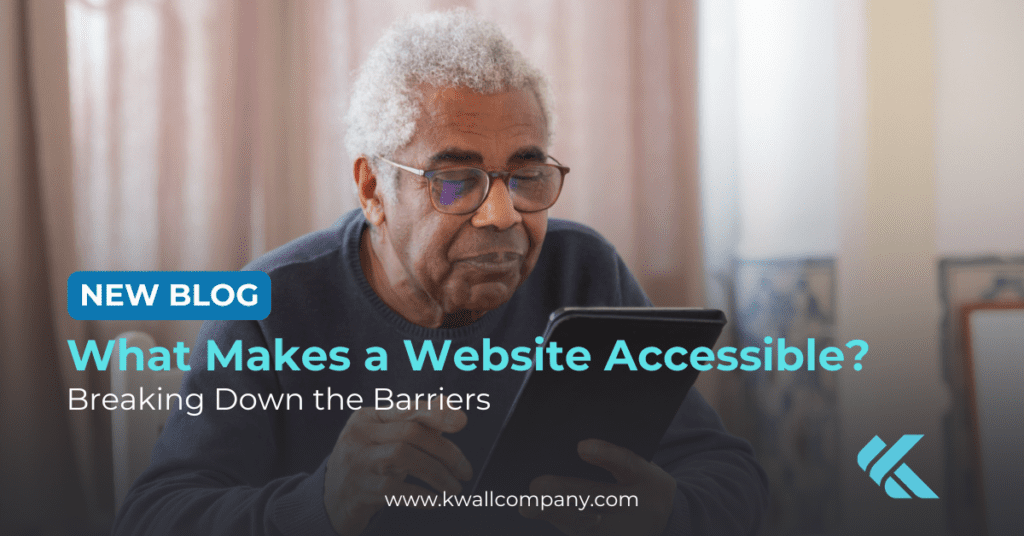
In today’s digital-first world, a website isn’t just a luxury — it’s a critical gateway to information, services, and community. But for millions of people with disabilities, many websites still present barriers that hinder access. What Makes a Website Accessible? Breaking Down the Barriers is more than just a question — it’s a call to action. Web accessibility ensures that everyone, regardless of ability, can perceive, understand, navigate, and interact with the web. Breaking down these barriers is essential to building inclusive, user-friendly digital experiences for all.
So, what exactly is an accessible website?
Defining an Accessible Website
An accessible website is one that is designed and developed so that people with various disabilities can use it effectively. This includes individuals who are blind, deaf, have limited mobility, or experience neurological differences. Accessibility means removing barriers — not adding workarounds.
Let’s break down what’s needed for different groups of users:
Blind or Low Vision
- Screen Reader Compatibility: Websites should be readable by screen readers, which convert text into speech or braille.
- Alternative Text for Images: Every image should include descriptive alt text so that users can understand visual content through their screen readers.
- Proper Use of Headings: Logical heading structure (using <h1>, <h2>, etc.) helps users navigate the page easily.
- Labeled Form Fields: Labels help screen readers communicate the purpose of a field (e.g., “Search” vs. just an empty box).
- Keyboard Navigation: Users should be able to navigate all interactive elements (like menus and forms) using only a keyboard.
- Color Contrast and Text Resizing: High contrast between text and background improves readability, while allowing users to resize text supports those with limited vision.
- Audio Descriptions: Videos should include narration of what’s happening on screen to convey visual information.
Deaf or Hard of Hearing
- Captions and Transcripts: All audio and video content should include captions or provide a full transcript so users can understand spoken information.
Mobility Impairments
- Keyboard-Only Access: Users who cannot use a mouse must be able to navigate and interact using a keyboard.
- Control Over Timeouts: If a session is time-limited (like a form or quiz), users should have the ability to extend or disable timeouts to accommodate slower response times.
Epilepsy and Neurological Conditions
- Avoid Flashing Content: Flashing or strobing elements can trigger seizures. Content should never flash more than three times per second.
Color Blindness
- Don’t Rely on Color Alone: Important information should not be conveyed through color alone. For example, instead of saying “press the green button,” use shape, text, or iconography as an additional cue.
Why Accessibility Matters
Creating accessible websites isn’t just about compliance — it’s about inclusion. By ensuring your website is usable by everyone, you:
- Open your content to a broader audience
- Improve SEO and mobile usability
- Demonstrate your commitment to equity and user-centered design
Accessible websites benefit everyone — not just people with disabilities. Features like captions, clear navigation, and keyboard access also improve the experience for users on mobile devices, people in noisy or quiet environments, and those with temporary injuries.
Let’s Remove Barriers — Together
Web accessibility is not an add-on — it’s a foundation. By considering the needs of diverse users, organizations can build digital experiences that truly serve and welcome all.
Want to make your website more accessible but don’t know where to start? Reach out to our team — we can help assess your current site and implement accessibility best practices that make a real difference.


